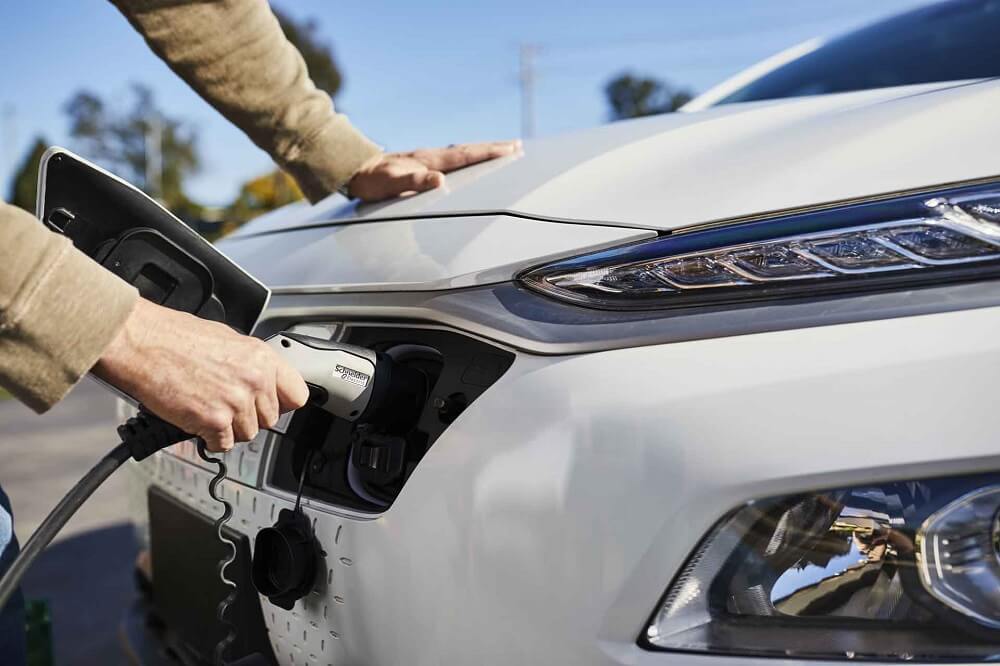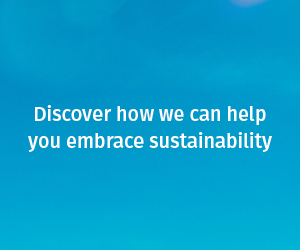How China lapped the world on EV uptake

That’s a key take-out from a new study released by automotive industry data specialist Jato Dynamics which concludes that even with the Chinese government pulling back subsidies the EV market there is still racing far ahead of its competitors.
According to Jato there are currently 138 different EV models available in China, compared with just 60 in Europe and 17 in the USA. At last count Australia had about 13 EV models available.
China’s global leadership in EVs has been facilitated by its centralised economy with government policy relentlessly driving the uptake of EVs while also deterring consumers from purchasing petrol and diesel cars, says Jato. Examples include Shanghai, where a licence plate costs $13,000 for a vehicle with a combustion engine, but is free for an EV.
Public charging infrastructure is another area where China is miles ahead of other economies, with statistics from the International Energy Agency’s Global EV Outlook 2020 showing the Asian powerhouse is home to 60% of the world’s 862,118 public slow and fast charging spots.
Here in Australia, the Electric Vehicle Council’s recently released State of Electric Vehicle Report for 2020 revealed a 40% per cent increase in public charging infrastructure in the 12 months to July 2020. Despite this, the total number of AC and DC charging stations still stands at a modest 2307.
Pricing favours EVs in China
Highly competitive pricing is another area that helps explain China’s impressive EV penetration, with JATO’s figures showing the average retail price of EVs sold in Europe and the US in 2019 to be 58% and 52% higher than in China, respectively.However, China’s ability to maintain its stellar EV growth trajectory will be sorely tested by the government-mandated 20% cut to subsidies in 2021, followed by a further 30% in 2022, says JATO.
At the same time the market in Europe is gaining momentum, with state intervention ramping up to accelerate uptake and growth, as countries race to meet new carbon emission targets.
“Notwithstanding incentives, in Europe, adoption will be economic rather than regulatory, and only when parity in total cost of ownership is achieved will EVs begin to gain a significant share of new vehicle sales,” said Jato.
Here in Australia, the Morrison Government recently announced a $1.9 billion investment in new energy technologies, which includes a new $74.5 million Future Fuels Fund, designed to help businesses and regional communities take advantage of opportunities offered by hydrogen, electric, and bio-fuelled vehicles.
Government support welcomed
The Electric Vehicle Council, the national peak body representing the electric vehicle industry in Australia, welcomed the initiative, with the organisation’s chief executive Behyad Jafari saying the announcement represented welcome progress.“We know businesses are waking up to the many benefits of electrifying their fleets and these grants should be the incentive they need to break with combustion engine tradition,” Mr Jafari said.
In its State of Electric Vehicles Report released before the government announcement, the EVC reported that “68 per cent of consumers want government subsidies to reduce the cost of buying an EV” with the same percentage wanting “governments to provide more public charging infrastructure”.
The report went on to say that, despite an increase in electric vehicle sales, improvements in consumer sentiment, and the rollout of public charging infrastructure, Australia continued to lag behind comparable countries when it came to electric vehicle market share, model availability, consumer awareness, industry development, and government support.
Global comparisons of electric vehicle market share show EVs now account for about 2.5-5% of all new vehicles sold across developed countries, whereas in Australia they account for only 0.6% of all new sales, according to the Electric Vehicle Council.
Related topics
Things to note
The information in this article has been prepared for general information purposes only and is not intended as legal advice or specific advice to any particular person. Any advice contained in the document is general advice, not intended as legal advice or professional advice and does not take into account any person’s particular circumstances. Before acting on anything based on this advice you should consider its appropriateness to you, having regard to your objectives and needs.
Insurance Products (excluding Travel Insurance) are issued by RACQ Insurance Limited ABN 50 009 704 152 (RACQI) and arranged by its agent, RACQ Distribution Services Pty Ltd (RDS) ABN 35 116 361 650, AFSL 567130 and RDS' authorised representatives (including RACQ Operations Pty Ltd ABN 80 009 663 414, AR No. 234978 (RACQO). Conditions, limits and exclusions apply. RDS and RACQO are in the RACQ group of companies. One of the companies in the RACQ group of companies has a minority shareholding in RACQI.
RDS and RACQO have not taken your personal objectives, circumstances or needs into account when preparing advice regarding insurance products and you will need to consider whether the advice is appropriate for you. Read the Product Disclosure Statement (PDS) and any applicable Supplementary PDS before making a purchase decision on this product. You can also access our Target Market Determinations on this website. RDS receives a commission from RACQI for the policies it arranges. RACQO receives fees paid for services it provides to RDS. Further details about remuneration are available on request prior to purchasing.
Banking and loan products issued by Members Banking Group Limited ABN 83 087 651 054 AFSL/Australian credit licence 241195 trading as RACQ Bank. Terms, conditions, fees, charges and lending policies apply. This is general advice only and may not be right for you. This information does not take your personal objectives, circumstances or needs into account. Read the disclosure documents for your selected product or service, including the Financial Services Guide and the Terms and Conditions, and consider if appropriate for you before deciding.
Except for RACQ Bank, any RACQ entity referred to on this page is not an authorised deposit-taking institution for the purposes of the Banking Act 1959 (Cth). That entity’s obligations do not represent deposits or other liabilities of RACQ Bank. RACQ Bank does not guarantee or otherwise provide assurance in respect of the obligations of that entity, unless noted otherwise.
RACQ Bank subscribes to the Customer Owned Banking Code of Practice which establishes higher standards than the law requires. The Code reflects modern consumer expectations and developments in approaches to issues such as consumer vulnerability, guarantors, and supporting customers through financial hardship. Please read our Customer Owned Banking Code of Practice page for more information.
RACQ Operations Pty Ltd (ABN 80 009 663 414 AR 000234978) and Members Travel Group Pty Ltd (ABN 45 144 538 803 AR 000432492) are acting as an Authorised Representative of the issuer of the insurance, Tokio Marine & Nichido Fire Insurance Co., Ltd. (ABN 80 000 438 291 AFSL 246 548). Any advice set out above is general in nature only, and does not take into account your objectives, financial situation or needs. Before purchasing any travel products, please consider the RACQ Travel Insurance Product Disclosure Statement (PDS) and the Target Market Determinations (TMDs) that apply to these products. Whilst the PDS outlines the Terms and Conditions of these products, the TMDs outline the intended class of customers that comprise the target market for these travel products. This will allow you to consider which products best suit your objectives, financial situation and needs and consider the products appropriateness to your personal circumstances. TMDs also outline matters involving the distribution and the review of these products. The PDS, Supplementary PDS and TMDs for each travel product can be found here.

